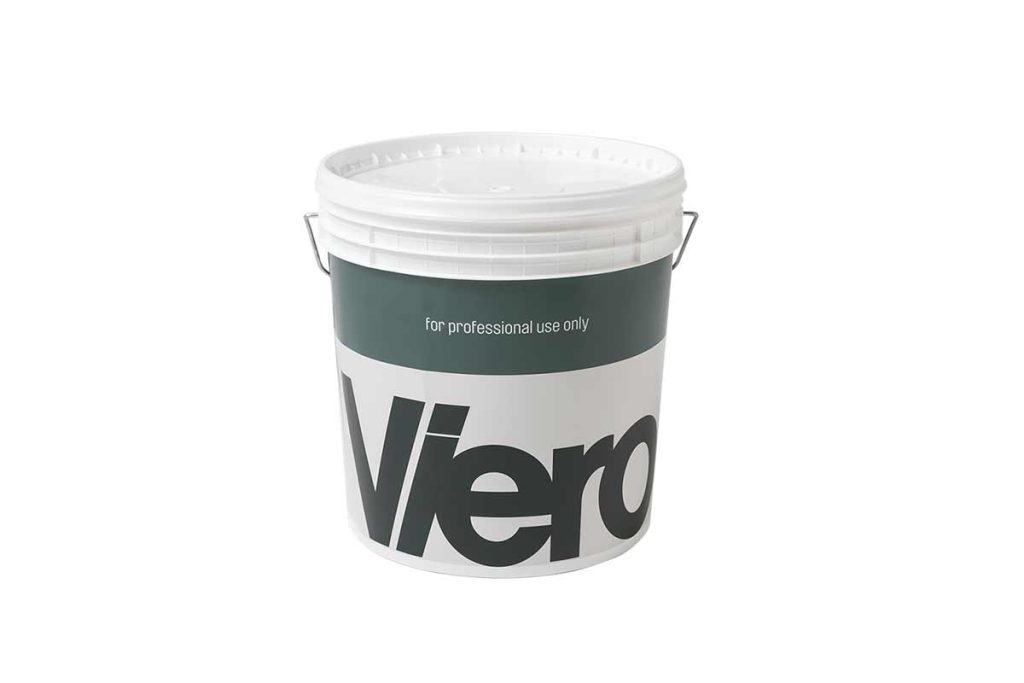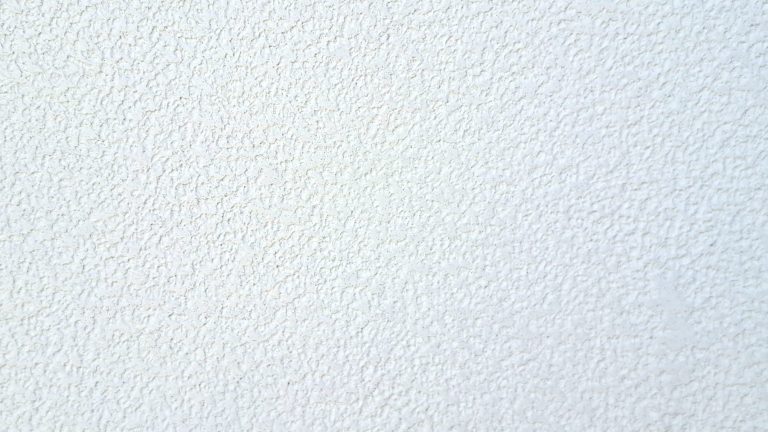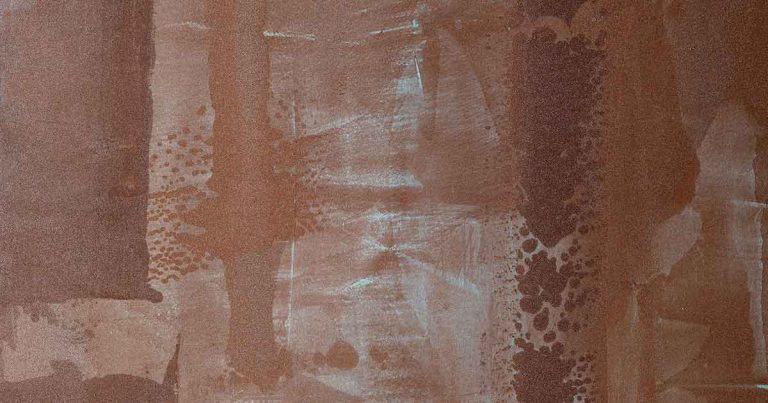In this article, with the help of Francesco Papini, Technical Service Specialist at Viero Decoratives, we will find out all there is to know about the world of decorative products, with a special focus on protective coatings for decorative wall finishes.
Decorative wall finishes. The importance of context
The world of decorative wall finishes is full of solutions. Today’s market is awash with a whole host of possibilities for producing a wall that can change the aesthetic of a room.
Regardless of the type of decorative effect or product you intend using, the difference is often the context in which the decoration is inserted.
Different types of home settings influence the decision of what decorative type to choose. One of the most important factors that should guide your choice is also the type of room that you want to transform, with particular attention paid on how to protect the decorated wall.
Depending on whether it is a corridor, kitchen or bedroom, the stress of external agents that the wall is subjected to over time, will, in fact, be quite different and this will affect the durability of your intervention.

Protective coatings for decorative wall finishes. How to choose them
From a technical point of view, it is always advisable to combine the application cycle of a decorative effect with the most suitable protective topcoat that not only complements the visual effect but is also sufficient for the wear to which the wall will be subjected.
Obviously, a wall in a corridor will be rubbed against more than one in a bedroom. The humidity and condensation that a wall in a shower has to withstand will not be the same as the wall in a living room, just as the walls of a kitchen will need to be much more stain-resistant that a wall in an office.
These considerations are required to decide the most suitable kind of protection for maintaining the chosen decorative effect in the long term.
Rubbing, humidity, stains, condensation, heat sources, and dirt pick-up are just some of the things that stress our walls every day, so it is important to protect them.
Protective coatings for decorative wall finishes. Main distinctions
There can be a technical distinction in the type of protection. An example? The distinction between staining and film-forming products. The latter can, in turn, be differ based on the potential thickness of the protective film and, aesthetically, based on the final appearance that it provides.

Protective coatings by Viero Decoratives
One of the protective coatings offered by the Viero Decoratives line is Naturwax Eco, a blend of natural waxes, formulated to increase the brightness and shine of the surfaces created with lime-based Marmorini or Stucchi Veneziani. When this protective topcoat is applied with sponges or cloths, it adds waterproofing to the finishes without altering the water vapour permeability of the lime-based Marmorini.
Another product in the range of natural protective coatings is Saponil. This is a protective agent specifically formulated to make lime-based gloss finishes water repellent. It is applied, while the finish is still fresh, with a sponge or soft polishing cloth, allowing it to chemically react with the substrate and work its way in.
These two solutions are among the oldest known types of protective coatings that provide long-term protection of all interior mineral surfaces, making them water-repellent while giving the wall a fresh scent but without altering their appearance in terms of colour depth.
If we now look at film-forming protection for synthetic and plastic finishes, we find L105, a ready-to-use, high-quality, water-based mixture for both interior and exterior application, using sponges or rollers. It is specifically formulated to protect smooth as well as rough and uneven surfaces, whether lime-based or synthetic. In this case, it is a protective product that forms a transparent, protective micro film thus increasing the glossy finish by adding protection and resistance to water, without altering the water vapour permeability of the decorative coating.
The range of film-forming protective micro films also includes Aqua Protection, a transparent, water-based protective film to provide water resistance, that should be applied with a roller to ensure even distribution. Its technical characteristic, that also becomes its main aesthetic quality, is the matt appearance of the finish.
It is ideal for both mineral and acrylic finishes, but has been specifically formulated to preserve the natural surface of lime-based products, so that they can also be periodically cleaned with aggressive detergents that are resistant to sunlight and yellowing over time.
This brings us to the last type of protective coating, the pure film called Top2K. This is a transparent, two-component, polyurethane matt topcoat that has been specifically formulated as a topcoat for all types of decorative finishes, adding mechanical resistance and a water-repellent protection that no other topcoat can provide.
For thick decorative finishes that replicate stone effects, it is important to consider that, being a film-forming product, it may still alter the appearance, even with a matt finish.
It can be applied with a roller or brush depending on the type of surface you want to protect. A roller is recommended for flat, even surfaces while a brush is suited to uneven surfaces with irregularities.

The importance of analysing the wall for a well-informed choice
To sum up, the most important consideration in choosing the best protective coating is firstly the need to protect the wall which, as we have said, will be directly proportionate to the amount of stress in the home where it is applied.
The higher the stress, the more important it is to consider products that provide a high level of mechanical and heat resistance, reduction in dirt pick-up, etc.
Maintenance of protective coatings for decorative wall finishes
A final aspect to consider is maintenance. Protective coatings do not last forever and their protection must be renewed and included in the normal cycle of maintenance required to keep the decorated wall as lovely as it was on the first day.
It is always possible to consider renewing the surfaces by applying an additional topcoat of the product provided that the underlying film is intact and properly anchored.
One aspect is very important to keep in mind: the thicker the protection, the more film-forming it will be, and the more demanding its maintenance may be. This means that it may not be sufficient to reapply the same product coat after coat. It may need sanding, cleaning and subsequent reapplication, again depending on the stress it has had to withstand over time.
Would you like to know more?
Did you find the article interesting but you still have questions? Would you like find out more about protective coatings and Viero Decoratives products in general? Contact our team and we will provide you with the very best support for your project.



